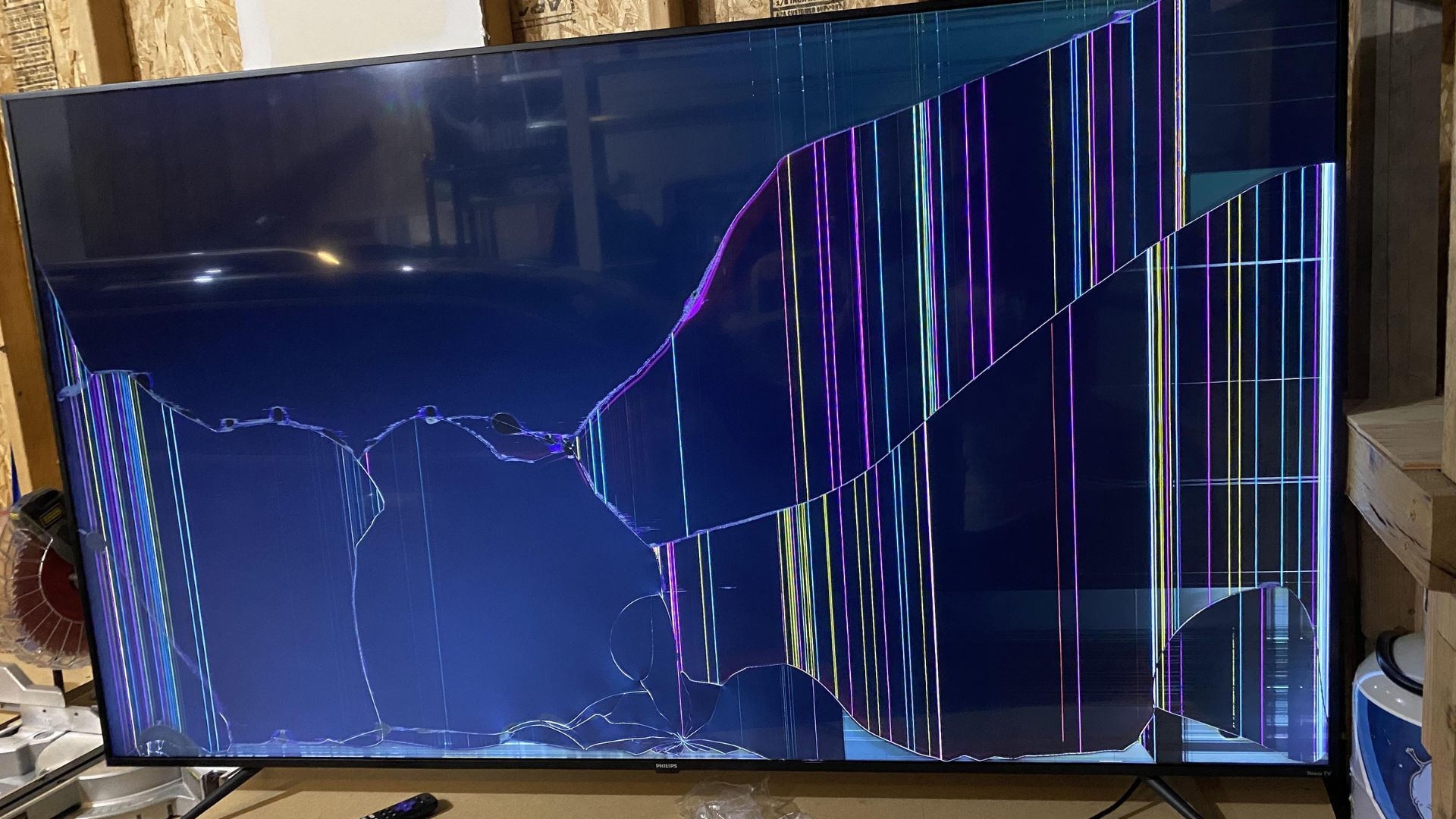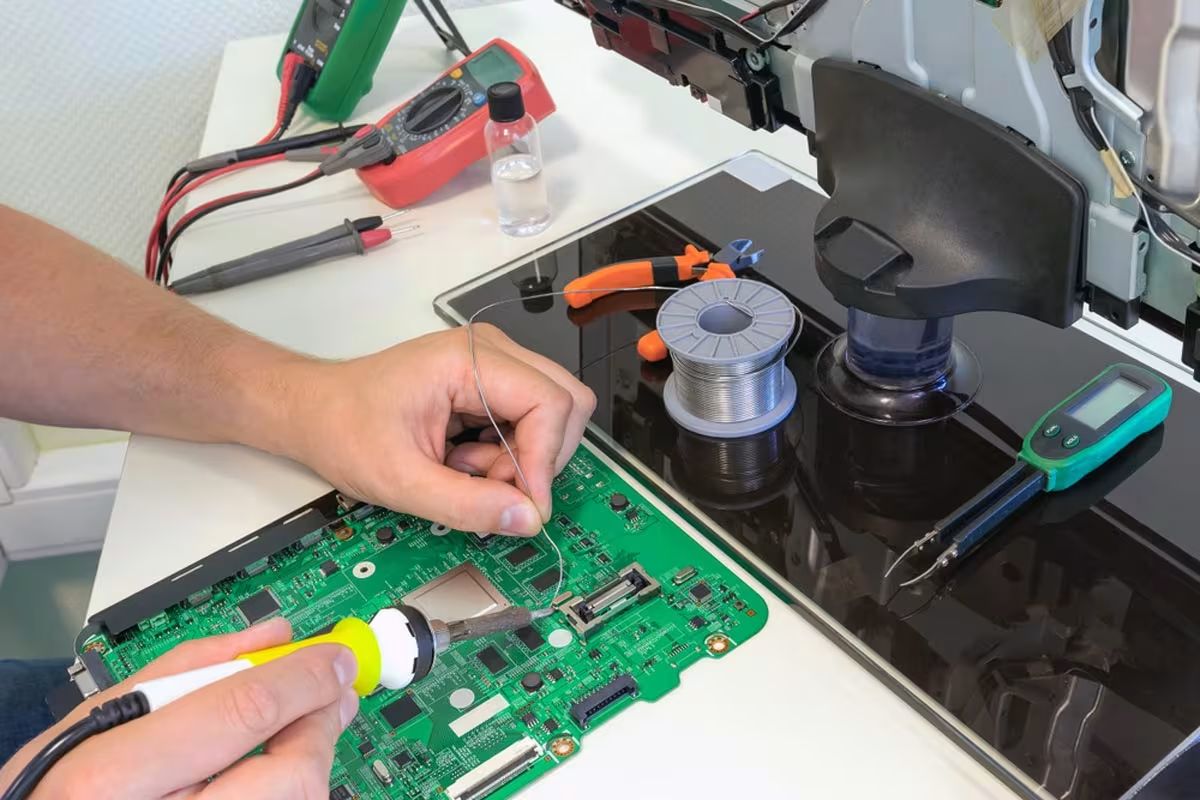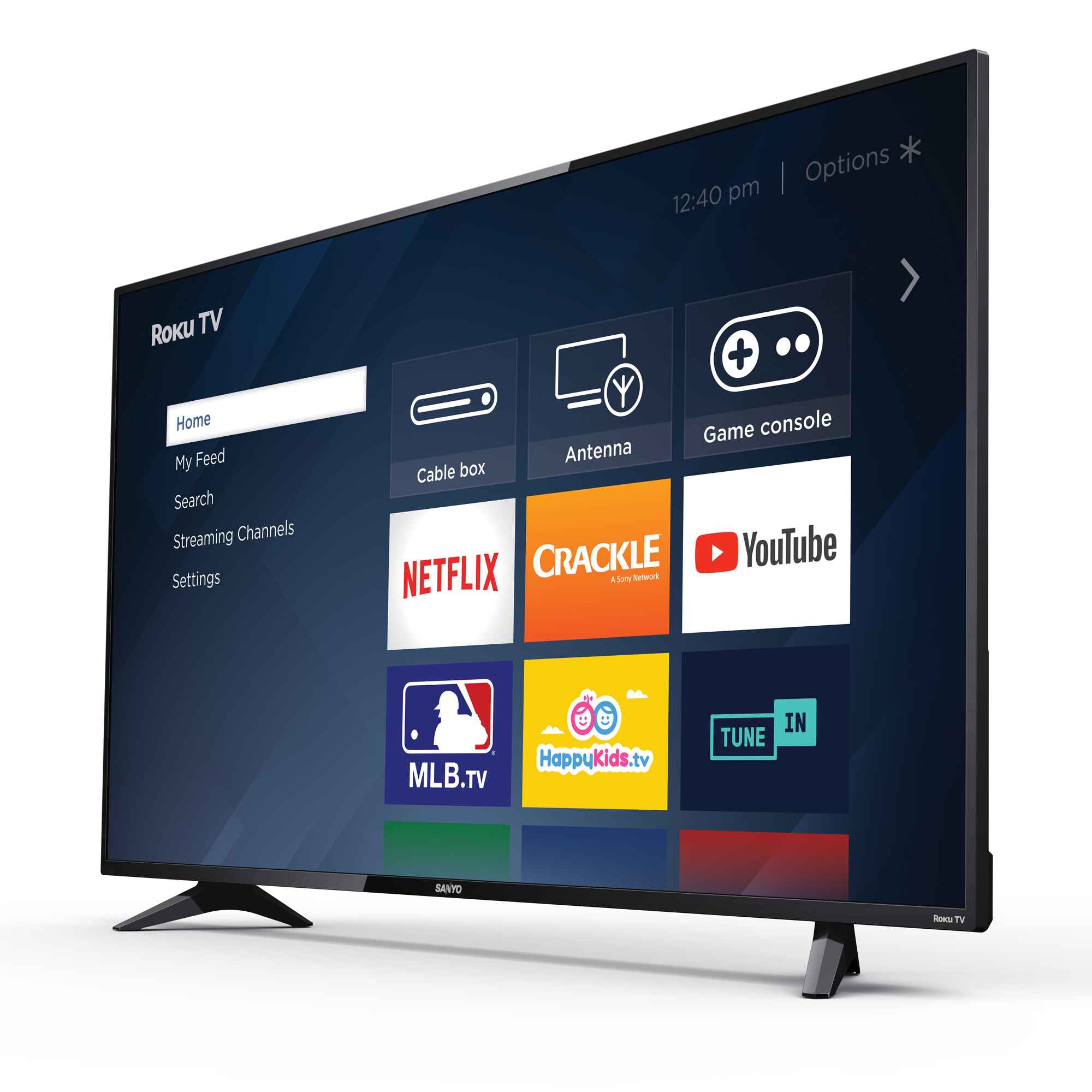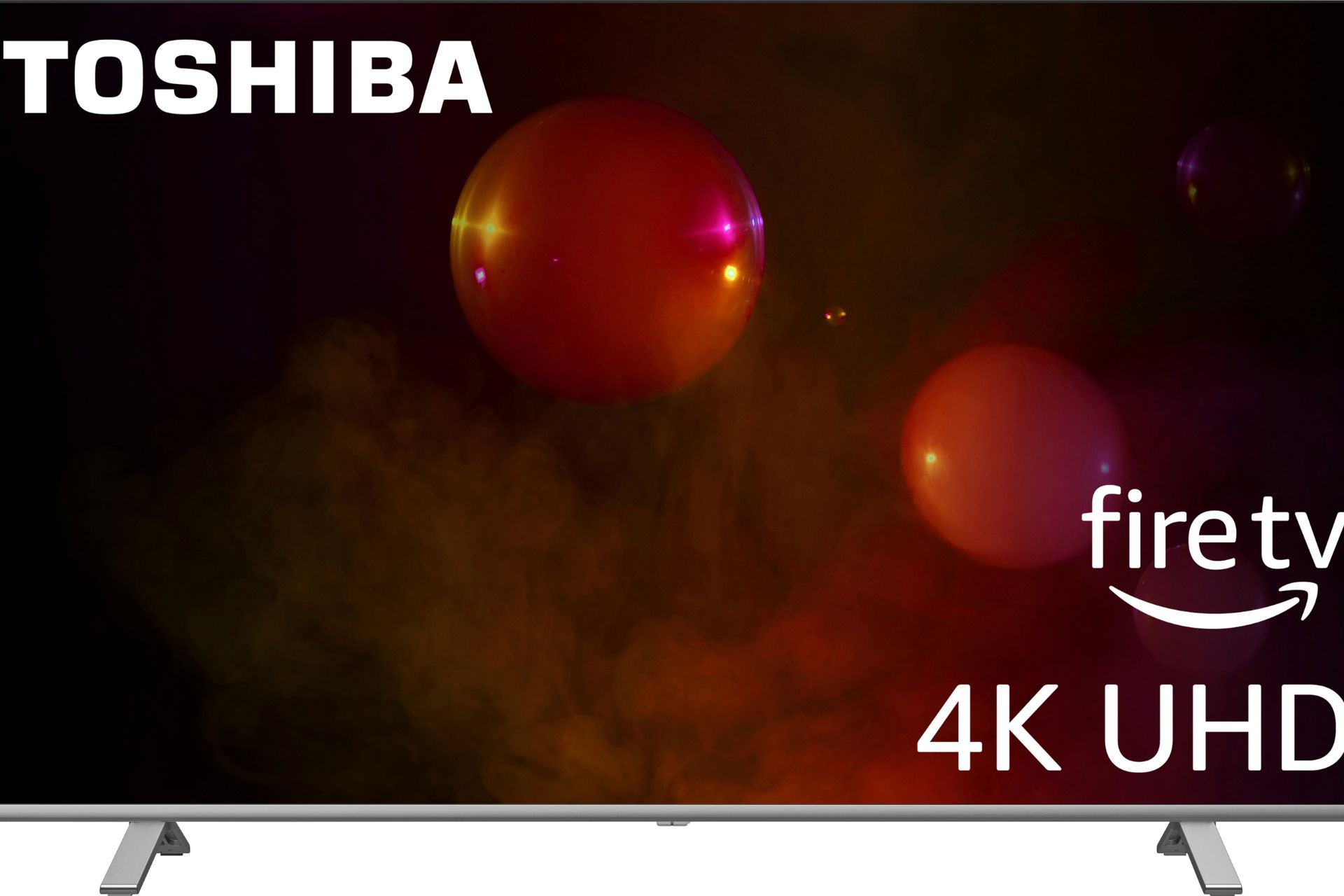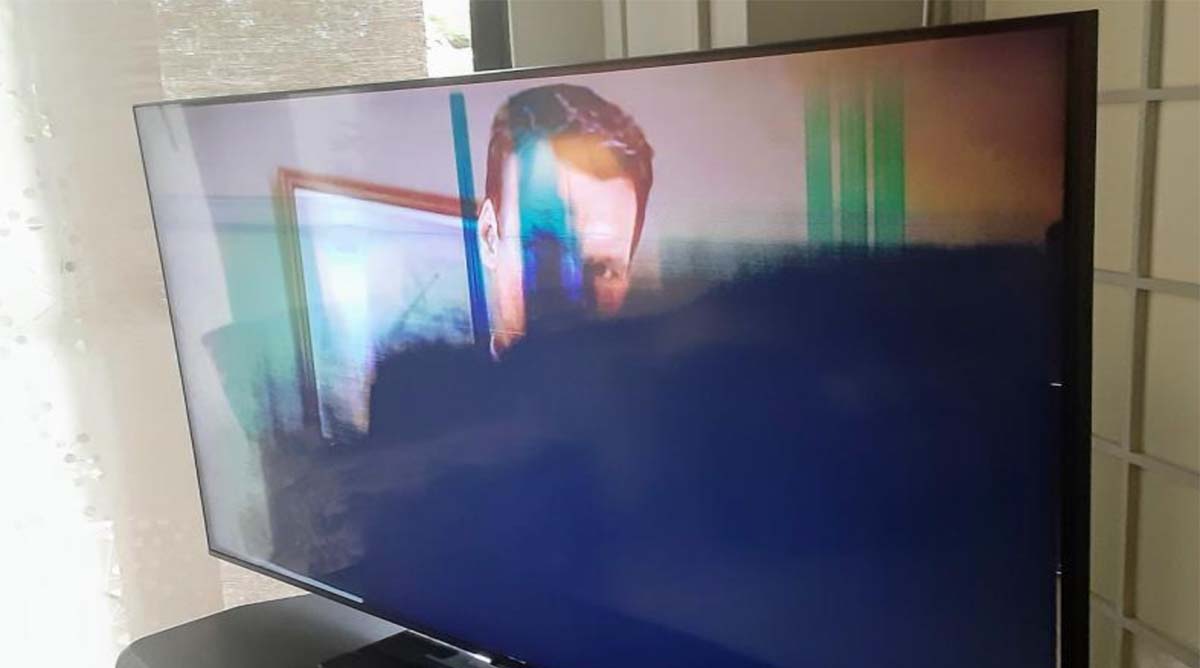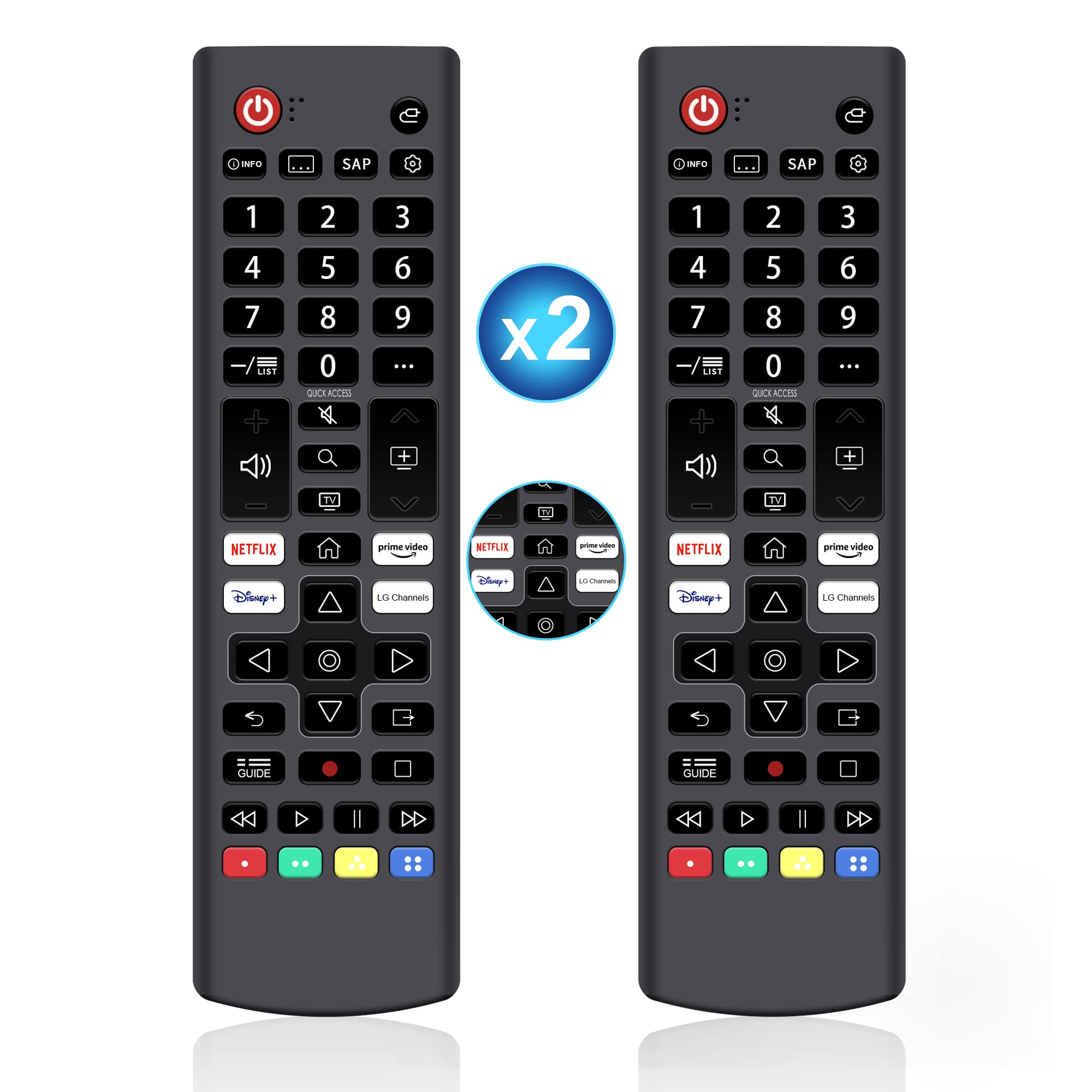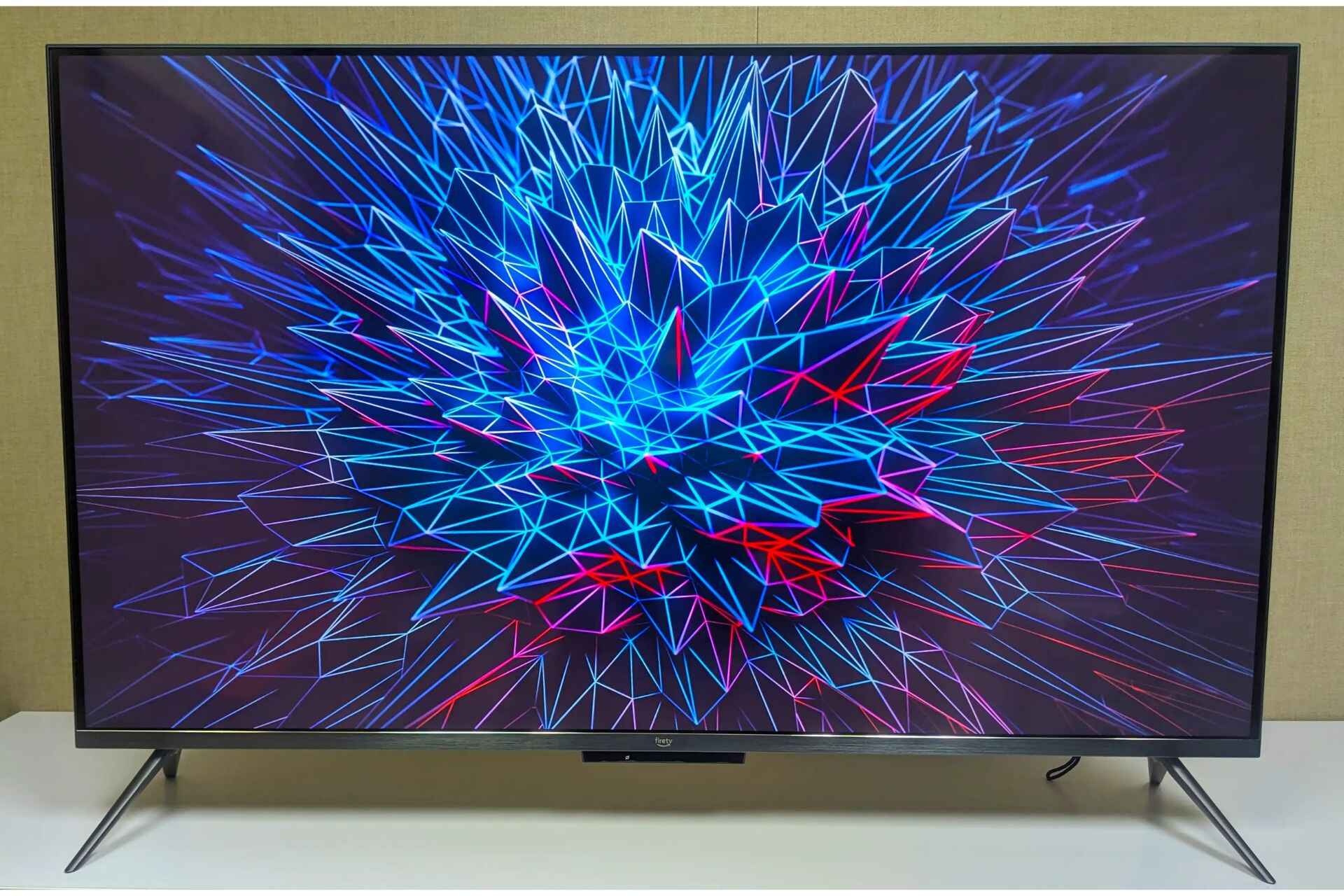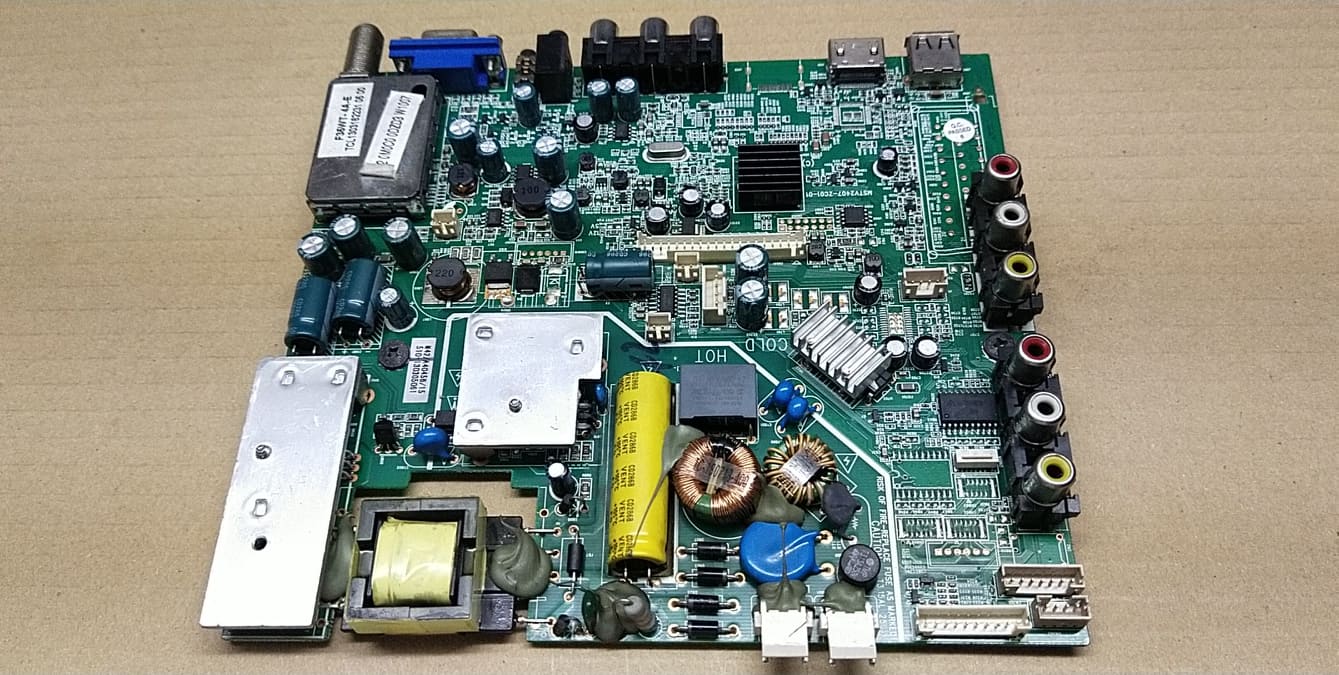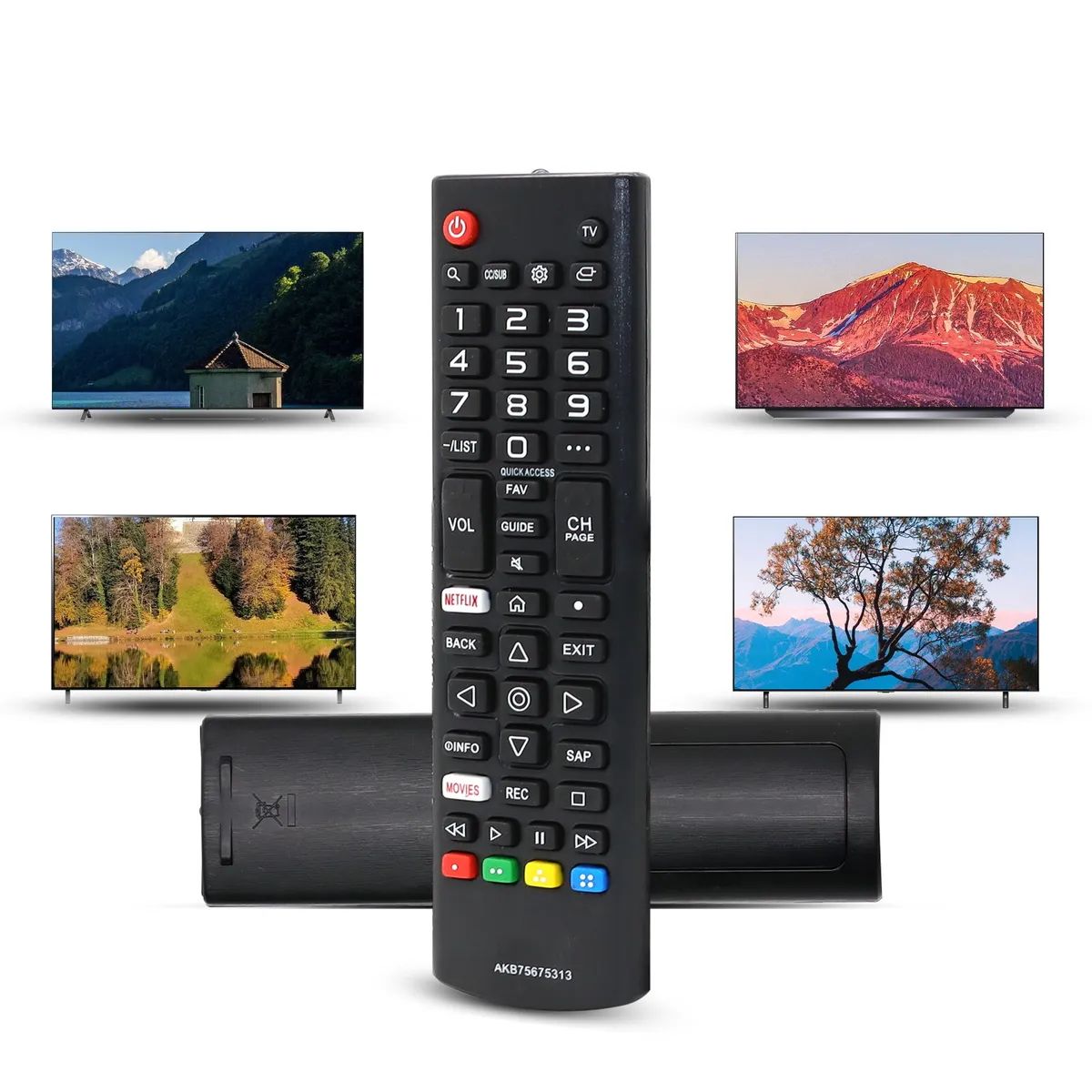Introduction
So, your beloved LED TV broke. Maybe it fell off the wall, got damaged during a move, or simply stopped working out of the blue. Whatever the cause, dealing with a broken LED TV can be frustrating and overwhelming. But don’t worry, you’re not alone in this situation.
LED TVs have gained immense popularity in recent years due to their superior picture quality, sleek design, and energy efficiency. However, like any electronic device, they can experience technical issues or physical damage. While it may seem like a catastrophe at first, there are several options available to address the problem and make the most out of your broken TV.
In this article, we will explore various solutions for dealing with a broken LED TV. Whether you want to repair it, sell it for parts, repurpose it, or simply dispose of it responsibly, we will guide you through the different possibilities.
Before we dive into the specific options, it’s essential to assess the extent of the damage and the potential repair cost. This will help you make an informed decision about the best course of action.
Remember that different issues may have different repair solutions, and not all problems are easily fixable. In some cases, calling a professional may be the most appropriate choice, while in others, DIY repairs or repurposing might be the way to go.
So, let’s get started and explore the various options available for dealing with your broken LED TV. With a little bit of creativity and resourcefulness, you can make the best out of this unfortunate situation and potentially even turn it into a positive experience.
Assess the Damage
The first step in dealing with a broken LED TV is to assess the extent of the damage. This will help you determine the feasibility of repair options and the overall cost involved.
Start by examining the physical condition of the TV. Is the screen cracked or damaged? Are there any visible signs of impact or internal component damage? Take note of any issues you observe as this will be crucial in deciding the best course of action.
Next, try to identify any specific problems with the TV’s functionality. Is it not turning on at all? Are there issues with the sound? Are there any error messages or flickering lights? Understanding the specific issues will assist you in determining whether repairs are possible and if they are within your skill set.
Once you have a clear idea of the damage, research the warranty status of your LED TV if you haven’t already. If the TV is still under warranty, contact the manufacturer or retailer to inquire about repair options. They may be able to provide assistance or guide you through the warranty claim process.
If the warranty has expired or the damage is not covered, consider reaching out to a professional repair service. Look for reputable repair shops specializing in TV repairs, preferably those with experience repairing LED TVs. Seek recommendations or read online reviews to ensure you choose a reliable and trustworthy service provider.
When discussing the repair with a professional, provide as much information as possible about the issues and any observations you made during your assessment. This will enable them to provide an accurate estimate of the repair cost and the likelihood of success.
Keep in mind that repairs can vary in complexity and cost depending on the nature of the damage. Minor issues like a broken HDMI port or faulty power supply may be relatively straightforward to fix, while major problems like a cracked screen or damaged circuitry could be more expensive to repair.
By carefully assessing the damage and understanding the repair options, you will be better equipped to make an informed decision about whether professional repairs are feasible and financially viable.
Call a Professional
If your broken LED TV requires specialized knowledge and technical expertise to repair, it may be best to call a professional. Professional TV repair services have the experience and tools necessary to diagnose and fix complex issues that you may not be equipped to handle on your own.
When choosing a professional repair service, it’s important to look for one that has experience specifically with LED TVs. These technicians are trained to work with the unique technology and components of LED screens, ensuring a higher chance of successful repairs.
Start by researching reputable repair services in your area. Look for recommendations from friends, family, or online communities. Reading customer reviews and checking the service provider’s website can also give you insight into their expertise and customer satisfaction rates.
Once you have narrowed down your options, contact the repair services to discuss your TV’s issues and inquire about their pricing and turnaround time. Be sure to provide accurate details and any observations you made during your assessment. This will help the technician understand the problem and provide a more accurate estimate.
Bear in mind that professional repairs can come with a cost. The price will depend on the extent of the damage, the necessary replacement parts, and the labor required to complete the repairs. However, in some cases, the cost of professional repairs may be more economical than replacing the entire TV.
Before proceeding, weigh the cost of repairs against the current value and age of your TV. Consider factors such as the original purchase price, the remaining longevity, and the availability of more technologically advanced models. This assessment will help you determine if investing in professional repairs is a sensible financial decision.
Keep in mind that using a professional repair service has its advantages. Besides expert knowledge and experience, they often provide warranties on their work, giving you peace of mind if further issues arise. Additionally, professional repairs may help maintain the resale value of your LED TV if you plan to sell or upgrade it in the future.
By opting for professional repairs, you can ensure the best chance of restoring your broken LED TV to its former working condition. It’s a convenient option that allows you to entrust the expertise of trained technicians and potentially extend the lifespan of your TV.
Consider DIY Repairs
If you’re a tech-savvy individual and enjoy tackling DIY projects, you may consider attempting to repair your broken LED TV yourself. DIY repairs can be a cost-effective and rewarding option, especially for minor issues and simple fixes.
Before embarking on any DIY repairs, it’s essential to research and understand the specific problem you’re facing. Look for online tutorials, forums, and repair guides that provide step-by-step instructions and troubleshooting tips for LED TVs. Reliable sources like manufacturer websites or reputable tech blogs can provide valuable insights and guidance.
Start by gathering the necessary tools and equipment needed for the repair. This can include screwdrivers, pliers, soldering equipment, and a multimeter for testing electrical components. Ensure that you have a suitable workspace with adequate lighting to comfortably work on your TV.
As you begin the repair process, it’s crucial to exercise caution and follow safety guidelines. Make sure the TV is unplugged and discharged of any residual electricity. If you’re unsure about handling certain components or conducting specific repairs, it’s best to seek professional assistance to avoid further damage to your TV or safety hazards.
DIY repairs are most suitable for simple issues such as loose cables, faulty connections, or minor part replacements. However, more complex problems like a cracked screen or malfunctioning circuitry may require specialized equipment and expertise beyond the capabilities of a DIY approach.
One advantage of DIY repairs is the potential to save money. Instead of paying for professional services and expensive replacement parts, you can often find affordable replacement components online or salvage them from old electronic devices. However, keep in mind that if the repair attempts fail or cause further damage, you may end up spending more than initially anticipated.
Consider the risks and benefits of DIY repairs in the context of your skills, knowledge, and comfort level. If you’re confident in your abilities and have successfully completed similar DIY projects in the past, taking on the repair yourself can be a fulfilling and cost-effective option.
However, if you’re unsure or lack the necessary expertise, it’s essential to recognize your limitations. Attempting complex repairs without the proper knowledge and tools could worsen the problem or even render your TV irreparable.
Make an honest assessment of your abilities and always prioritize your safety. If you’re unsure about a repair or if it requires advanced technical skills, it’s best to seek professional assistance to avoid any further damage or injury.
In the next section, we will explore alternative options for dealing with your broken LED TV, including donating or recycling it.
Donate or Recycle
If your broken LED TV cannot be repaired or if the cost of repairs outweighs its value, donating or recycling it can be an environmentally responsible and socially beneficial choice.
Donating your broken LED TV to a charitable organization is a great way to give back to your community. Many organizations, such as schools, community centers, and non-profit organizations, may be interested in receiving electronic donations, even if they are not in working condition.
Contact local charities or non-profits in your area, especially those focused on education, technology, or community development. Inquire if they accept electronic donations or if they have a specific program for collecting and refurbishing broken electronics.
While some organizations may have strict guidelines regarding the condition of donated electronics, others may have the means to repair or repurpose your TV for their needs. By donating your broken LED TV, you’re not only extending its usefulness but also helping someone in need gain access to technology that they otherwise might not afford.
If donation is not a feasible option, recycling your broken LED TV is the responsible choice to prevent it from ending up in a landfill. Electronics contain valuable and potentially toxic materials that should be properly disposed of to minimize environmental harm.
Research local recycling centers or electronic waste recycling programs in your area. These facilities have the knowledge and equipment to safely dismantle and recycle electronic devices, including LED TVs. They ensure that valuable components are recovered for reuse, and hazardous materials like lead and mercury are disposed of properly.
Before recycling your TV, check if the recycling facility has specific guidelines or requirements for accepting electronic waste. Some centers may charge a small fee for accepting certain types of electronics or have specific drop-off locations and hours of operation.
Keep in mind that responsible recycling of your TV also involves safeguarding your personal information. Before donating or recycling, ensure that you have removed all personal data and any sensitive information stored on the TV’s internal memory or connected devices.
By donating or recycling your broken LED TV, you contribute to environmental sustainability and give others the opportunity to benefit from its components or refurbishment. Whether through donation or proper recycling, you can rest assured that your TV will be handled responsibly and have a positive impact.
Sell for Parts
If your broken LED TV is beyond repair or you’re unable to find a suitable repair solution, selling it for parts can be a practical way to recoup some of its value and minimize waste.
LED TVs contain various components that can still be valuable to others, such as screens, circuit boards, power supplies, and connectors. These parts can be in demand among DIY enthusiasts, hobbyists, or repair professionals looking for specific components to fix other devices.
Start by researching online platforms or forums dedicated to buying and selling electronics or electronic components. Look for sections or categories specifically for selling broken or used TVs for parts. Websites like eBay, Craigslist, or specialized electronics recycling platforms can be good places to start.
When creating your listing, be transparent about the condition of the TV and the specific parts that are working or not working. Provide clear and detailed information, including the brand, model, and any visible damage or defects. Taking quality pictures of the TV from different angles can also help potential buyers assess the value of the parts.
It’s important to set a realistic price for your broken TV based on its brand, age, and available functioning parts. Research similar listings to get an idea of the market value and adjust your price accordingly. Keep in mind that buyers looking for parts are generally seeking affordability, so pricing competitively can attract more potential customers.
Communication is key when selling your TV for parts. Respond promptly to inquiries from potential buyers and provide them with any additional information or pictures they may request. Be honest about the condition of the TV and specific parts, as this can build trust and increase the likelihood of a successful transaction.
Once you have found a buyer, ensure you package the TV in a secure manner to prevent further damage during shipping. Use appropriate cushioning materials and provide tracking information to the buyer for added peace of mind.
Selling your broken LED TV for parts not only helps financially, but it also prevents unnecessary waste. By allowing others to salvage useful components from your TV, you contribute to the circular economy, where resources are reused and recycled.
Keep in mind that selling for parts may take time, especially if your TV has less commonly sought-after components. Patience and persistence can pay off in finding the right buyer who values the specific parts your LED TV has to offer.
In the next section, we will explore creative ways to repurpose your broken LED TV, giving it a new lease on life.
Repurpose
Repurposing your broken LED TV can breathe new life into it while allowing you to unleash your creativity and give it a unique purpose. Instead of letting it gather dust or contributing to electronic waste, consider repurposing it into something functional and stylish.
One popular repurposing option is to transform your TV into a media console or a home entertainment center. Remove the broken components while keeping the outer frame intact. Then, install shelves or drawers to store media devices, gaming consoles, or even books and decor items. With a bit of DIY skill, you can create a customized and stylish piece of furniture that complements your living room or entertainment area.
If you enjoy crafting or have a green thumb, consider turning your broken LED TV into a unique planter or terrarium. Remove the screen and guts of the TV, leaving just the frame. Line the inside with plastic or waterproof material, add soil and your favorite plants, and you’ll have a creative and eye-catching planter for your indoor or outdoor space.
Another fun repurposing idea is to transform your old TV into a quirky and functional pet bed. Remove the screen and inner components, leaving the frame and back intact. Line the inside with cozy cushions or blankets to create a comfortable and stylish resting spot for your furry friend.
If you have a passion for art, consider using the frame of your broken TV as a canvas for your creativity. Paint or decorate the frame to create a unique piece of wall art. You can incorporate mixed media, collage, or even create a functional chalkboard or whiteboard surface within the frame.
Repurposing your broken LED TV extends its lifespan while allowing you to showcase your creativity and craftsmanship. Whether you’re repurposing it into functional furniture, a unique planter, a pet bed, or a piece of art, you’re giving it a new purpose and breathing new life into an otherwise discarded electronic device.
Remember to share your repurposing projects with others. Post pictures or tutorials online to inspire and encourage others to think creatively about repurposing their own broken electronics.
By repurposing your broken TV, you not only reduce waste but also create something unique and personalized. It’s a creative way to give your old TV a new purpose and add a touch of your own style to your living space.
In the next section, we will wrap up our discussion on dealing with a broken LED TV and summarize the various options we’ve explored.
Conclusion
Dealing with a broken LED TV can be a frustrating experience, but it doesn’t have to be the end of the road for your beloved device. In this article, we have explored several options for making the most of your broken TV.
Assessing the damage is the first step in deciding the best course of action. Understanding the extent of the damage and the potential repair costs helps you make an informed decision about whether to call a professional or consider DIY repairs.
If professional repairs are necessary, choosing a reputable repair service specialized in LED TVs ensures a higher chance of success. However, DIY repairs can be a cost-effective and rewarding option for minor issues and for those with technical expertise.
If repairs are not feasible or cost-effective, donating or recycling your broken TV is a responsible choice. Donating it to a charitable organization or recycling it through a specialized facility helps reduce waste and benefits others in need or the environment.
Another option is to sell your broken TV for parts, allowing others to salvage valuable components and minimizing waste. Setting a realistic price and providing accurate information about the TV’s condition can attract interested buyers.
Lastly, repurposing your broken LED TV provides a creative outlet while giving it a new purpose. Whether it’s transforming it into a media console, a planter, a pet bed, or a piece of art, repurposing allows you to showcase your creativity and prolong the lifespan of your TV.
Ultimately, the best option for your broken LED TV depends on factors such as the extent of the damage, repair costs, personal skills, and preferences. Take the time to assess the situation, weigh the pros and cons, and choose the path that aligns with your needs and values.
By exploring these different options, you can make the most out of your broken LED TV, whether through repair, donation, recycling, selling for parts, or repurposing. Remember, it’s not just about disposing of a broken device, but also about embracing creativity and sustainability.







